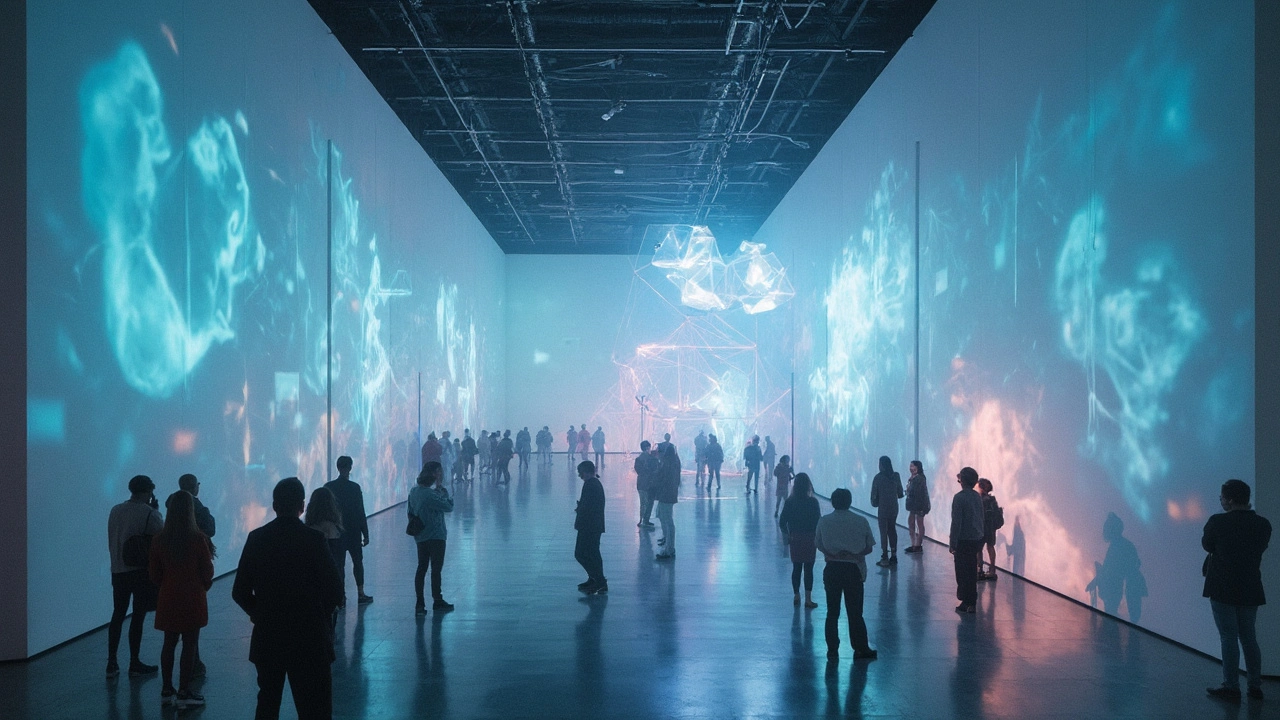Creative Installations: Bold Ideas & How to Make Them Work
One striking installation can change how people move through a space, spark a conversation, or make a park feel new again. Creative installations blend sculpture, light, sound, and environment to deliver an experience—not just an object. Want to create one or know how to get more from visiting them? Here’s practical, no-fluff guidance.
Types of Creative Installations
There are lots of kinds, but most fall into a few clear groups. Site-specific work uses the place itself—think land art shaping a hillside or a plaza. Immersive installations wrap the viewer in light, sound, or projection so you feel inside the piece. Interactive pieces invite touch, motion, or voice to change the work. Then there are hybrid uses: an avant-garde home décor installation that turns a living room into a staged artwork, or public art that doubles as seating and shade.
Each type has different needs. Land art needs durable materials and weather plans. Immersive shows demand power, controls, and careful sightlines. Interactive pieces require safe mechanics and simple instructions so visitors understand how to participate.
Practical Steps to Plan Yours
Start with the site and the people who will use it. Walk the space at different times of day. Note sightlines, light, traffic flow, and noise. Ask: should the work stop passersby, fit into a quiet corner, or guide people through a route? Answering that shapes scale, materials, and budget.
Choose materials for the real world. Metals, treated wood, and outdoor textiles last longer outside. For indoor or gallery pieces, lightweight frames, modular panels, and projection can cut costs and make transport easier. Plan for safety: no sharp edges, secure anchors, and clear exits. If the installation invites touch, test surfaces for durability and hygiene.
Think user interaction from day one. How will a viewer first discover the piece? Use subtle cues: a change in light, a contrasting material, or a low step that invites climbing. Keep instructions simple. A single sign or an app with one tap is better than a printed manual.
Budget smart: prototype small, test quickly, and scale what works. Document everything—photos, notes, and wiring diagrams—so you can replicate or move the work later. Consider partnerships: local councils, galleries, or businesses often help with permits, power, or funding.
Finally, plan how people will experience the work. Encourage lingering with benches or clear paths. Use lighting and sound to shape mood but keep control options handy for maintenance or events. When an installation connects to a place and to people, it stops being decoration and becomes something memorable.
Ready to try one? Start small, test in public or as a pop-up, and learn from how people actually use it. Creative installations are experiments in behavior—watch what happens and adjust.

